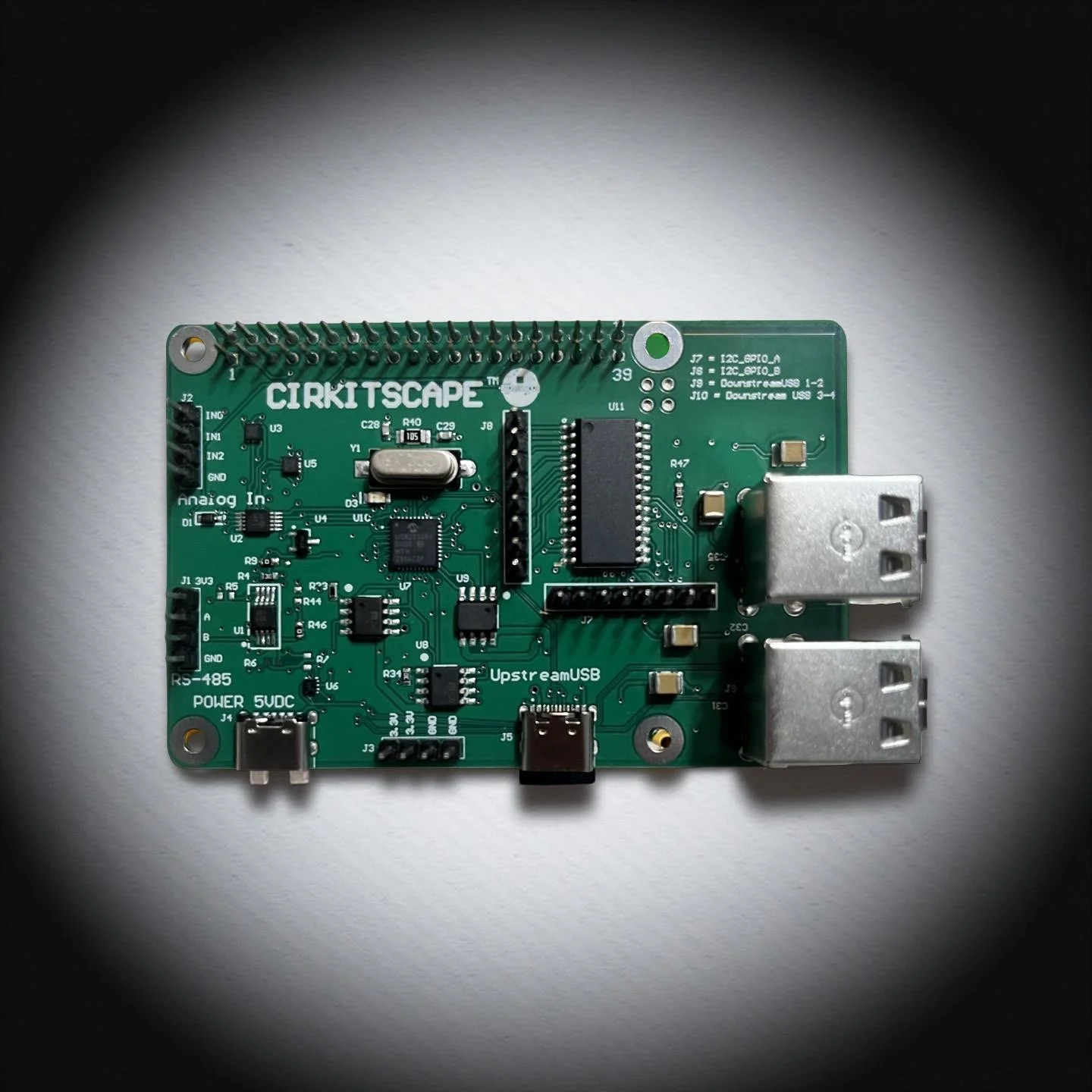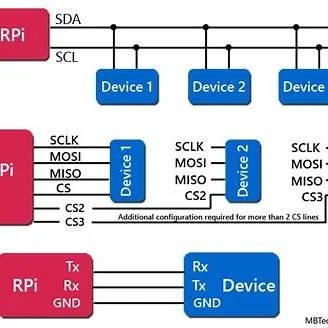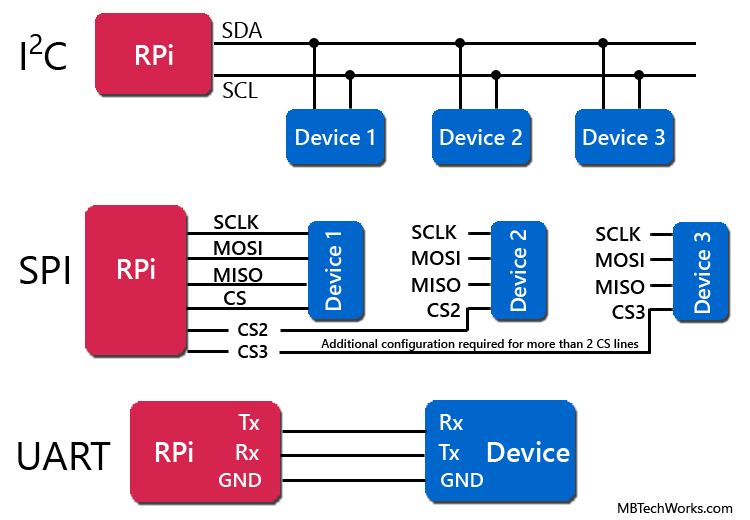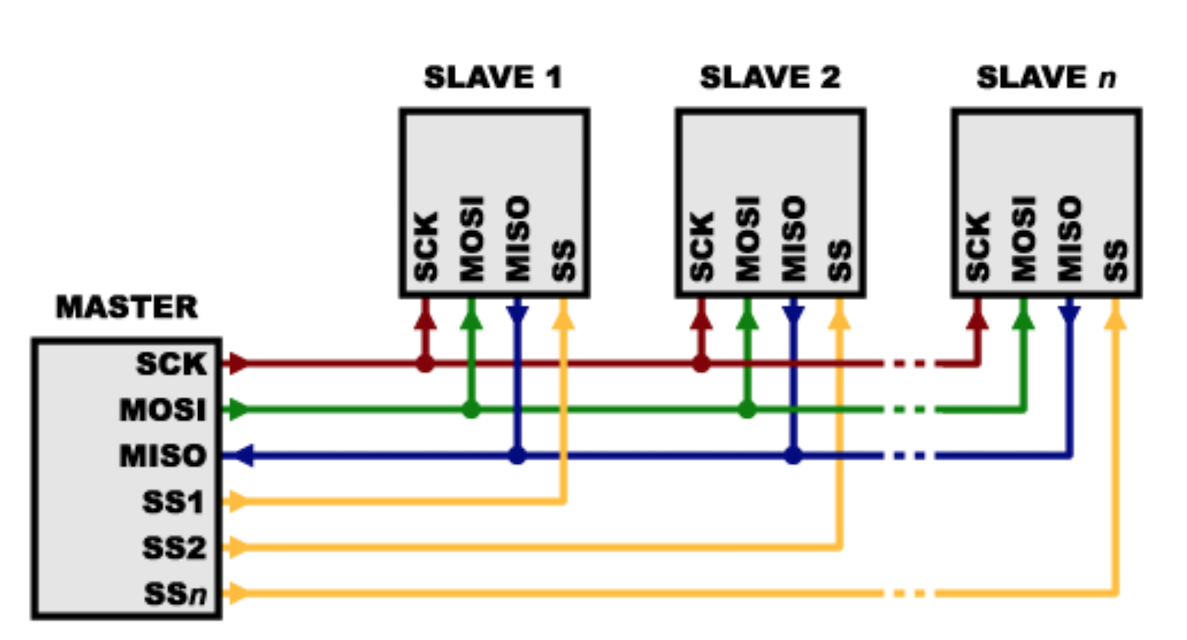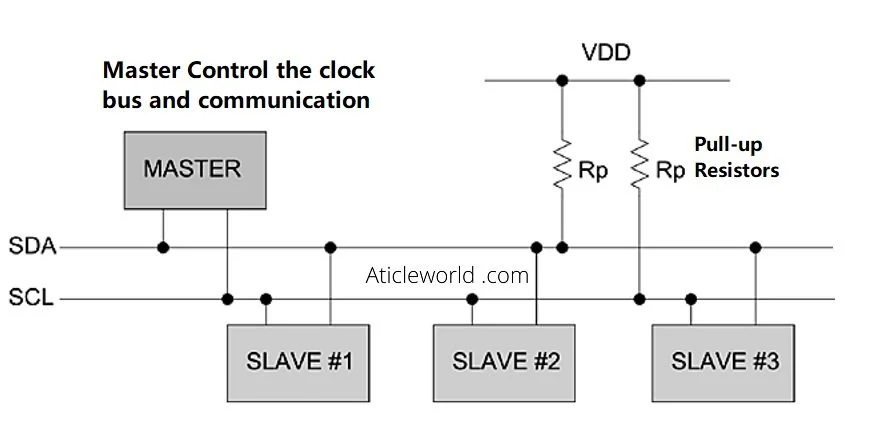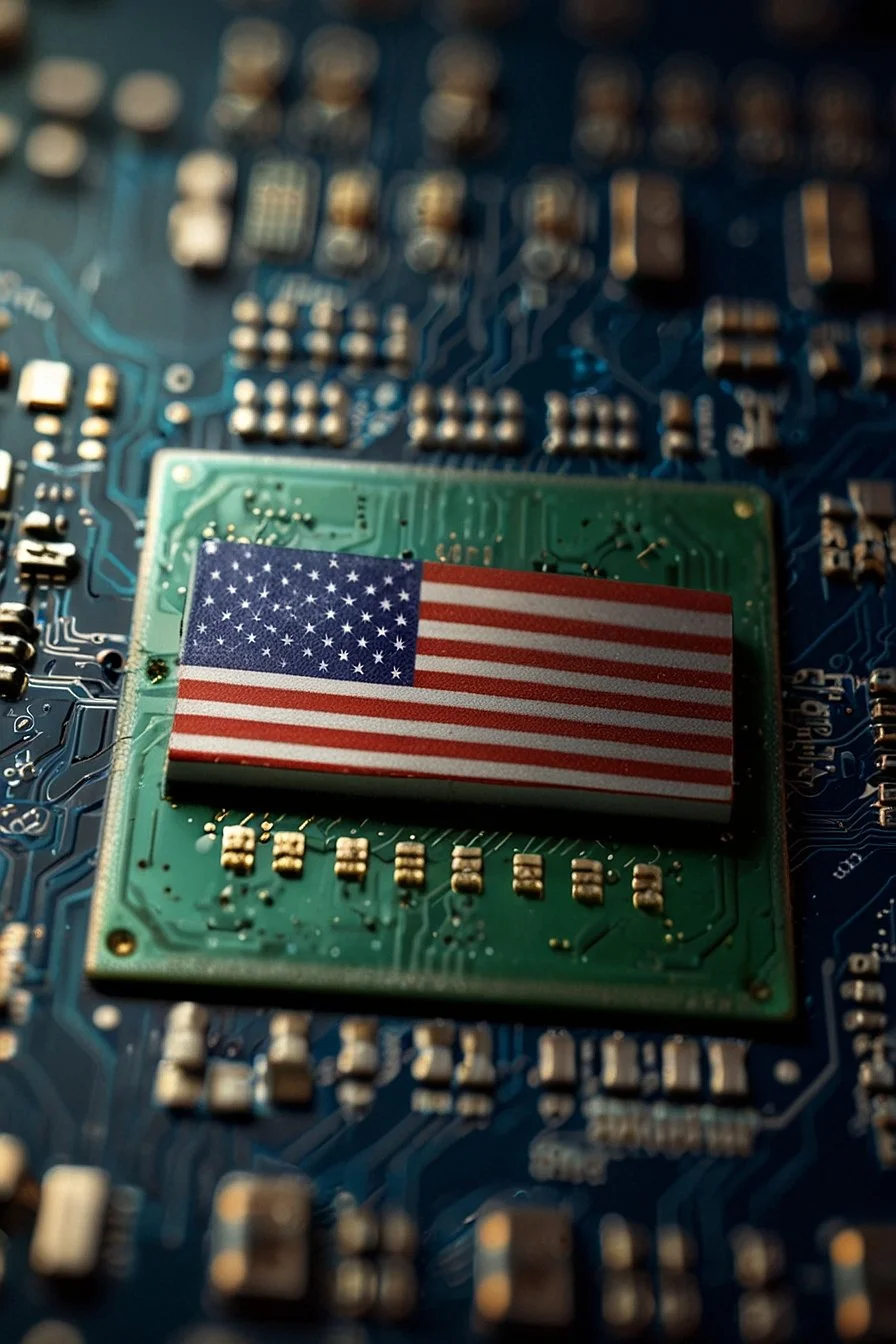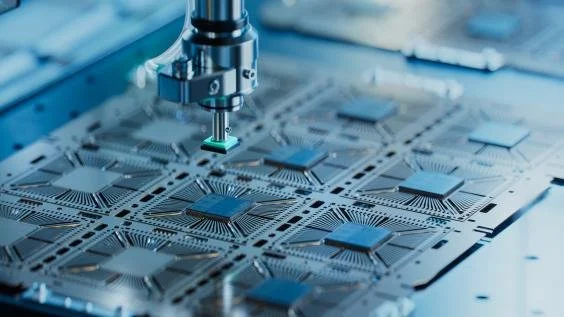Can Raspberry Pi Power Your Next Industrial Prototype?
For over a decade, the Raspberry Pi has been a favorite tool for hobbyists, students, and makers—powering everything from coding lessons to retro gaming consoles. But in recent years, the Pi has stepped into a new arena: industrial prototyping and edge computing.
So here’s the real question: Can a $35–$75 Raspberry Pi really handle industrial-grade projects?
For over a decade, the Raspberry Pi has been a favorite tool for hobbyists, students, and makers—powering everything from coding lessons to retro gaming consoles. But in recent years, the Pi has stepped into a new arena: industrial prototyping and edge computing.
So here’s the real question: Can a $35–$75 Raspberry Pi really handle industrial-grade projects?
Spoiler: Yes—if you equip it the right way.
The Case for Raspberry Pi in Industrial Prototyping
At first glance, the Raspberry Pi doesn’t look like an industrial controller. It lacks rugged enclosures, DIN rail mounts, and screw terminals. But underneath, it offers:
A full Linux OS (Debian, Ubuntu, Yocto) with automation support
Built-in GPIO, UART, I²C, and SPI interfaces
Support for modern frameworks like Python, Node-RED, MQTT, Docker, and Kubernetes
An enormous open-source community and documentation
In short, Raspberry Pi is a low-cost, highly customizable platform—and for prototyping industrial systems, flexibility is more valuable than specialized hardware.
Real-World Industrial Applications
Here are some practical ways engineers and developers are already using Raspberry Pi in industry:
Process Monitoring – Collect sensor data (temperature, vibration, pressure) via I²C or SPI
Predictive Maintenance – Run machine learning models at the edge to detect anomalies in motors or pumps
Legacy Bus Control – Communicate with Modbus RTU (RS-485) or CAN-enabled devices
IoT Gateways – Securely bridge field devices to the cloud over MQTT or HTTPS
Human-Machine Interfaces (HMI) – Power dashboards and touchscreen displays for operators
These use cases prove the Pi isn’t just a toy—it’s a capable prototype platform for Industry 4.0 projects.
Limitations of Raspberry Pi in Industrial Settings
Despite its versatility, the Raspberry Pi wasn’t designed for rugged environments. Common pain points include:
No analog inputs (ADC required)
GPIOs vulnerable to voltage spikes
No native RS-485 or CAN transceivers
MicroSD card wear from constant logging
This is where most DIY Pi projects break down. Without the right expansion hardware, you end up with a tangle of HATs and breakout boards—not a production-ready prototype.
The Solution: Raspberry Pi Expansion Boards
To unlock industrial capability, you need a single, consolidated expansion board that adds all the missing features.
Meet the Top HAT
The Top HAT is an industrial expansion board that transforms the Raspberry Pi into a deployment-ready prototyping system:
RS-485 Support – Native Modbus RTU and custom serial communication
Analog Inputs (ADC) – Read real-world sensors with precision
GPIO Expansion – Drive relays, LEDs, and isolated digital IO
Integrated USB Hub – Expand connections for data logging or wireless modules
Instead of stacking multiple HATs, the Top HAT provides a single industrial-grade interface layer.
Prototype Fast, Scale Smarter
With the Top HAT, your Raspberry Pi becomes more than a development board—it becomes a launchpad for real-world solutions. Whether you're in the lab or on the factory floor, you can:
Build and test prototypes in hours, not weeks
Validate industrial sensors and protocols quickly
Scale your software stack with Linux tools and Docker
Transition later to a custom board or hardened industrial PC
This workflow keeps costs low and iteration cycles fast—perfect for startups, engineers, and R&D teams.
Final Thoughts
The Raspberry Pi may not be industrial out of the box, but with the right expansion hardware, it’s a serious contender for industrial prototyping.
Whether you’re building a smart factory tool, an IoT gateway, or a process automation system, the Pi can help you move from concept to prototype faster than traditional industrial PCs.
And with solutions like the Top HAT, you don’t need to cobble together multiple HATs—you get a clean, reliable platform ready for real-world testing.
Want to see how the Top HAT can level up your Raspberry Pi? Check out the product page here or get in touch for more details.
UART vs SPI vs I2C: Which Protocol Should You Actually Use?
If you've ever stared at a microcontroller datasheet wondering whether to use UART, SPI, or I2C for your next project, you're not alone. These three serial communication protocols are the backbone of embedded systems, but choosing the wrong one can lead to headaches down the road.As engineers, we've all been there - debugging a sluggish I2C bus at 3 AM or wondering why our SPI sensor isn't responding. The truth is, each protocol has its sweet spot, and understanding when to use which one can save you countless hours of troubleshooting.UART / SPI / I²C side‑by‑side wiring overview
If you've ever stared at a microcontroller datasheet wondering whether to use UART, SPI, or I2C for your next project, you're not alone. These three serial communication protocols are the backbone of embedded systems, but choosing the wrong one can lead to headaches down the road.As engineers, we've all been there - debugging a sluggish I2C bus at 3 AM or wondering why our SPI sensor isn't responding. The truth is, each protocol has its sweet spot, and understanding when to use which one can save you countless hours of troubleshooting.The Serial Communication Landscape
Before diving into the comparison, let's understand why serial protocols matter. In embedded development, components need to talk to each other - microcontrollers to sensors, processors to memory, displays to controllers. Serial communication allows this data exchange using fewer wires than parallel interfaces, reducing PCB complexity and cost.Quick Protocol Overview
UART (Universal Asynchronous Receiver-Transmitter)
The Simple One: Point-to-point communicationWires: 2-3 (TX, RX, optional GND)Speed: Typically 9600 to 115200 baud, up to 1 MbpsAddressing: None - direct connection only
SPI (Serial Peripheral Interface)
The Speed Demon: High-speed, full-duplex communicationWires: 4+ (MOSI, MISO, SCLK, CS per slave)Speed: 10+ MHz common, can exceed 100 MHzAddressing: Chip select lines for each slave
I2C (Inter-Integrated Circuit)
The Bus Master: Multi-device shared busWires: 2 (SDA, SCL) plus power and groundSpeed: 100 kHz (standard), 400 kHz (fast), 1 MHz (fast+)Addressing: 7-bit or 10-bit device addresses
The CHIPS Act Revolution: What It Means for U.S. Electronics Manufacturing in 2025
It all begins with an idea.
As a U.S.-based electronics manufacturer, the $52.7 billion CHIPS Act isn't just policy—it's a game-changer that's reshaping our industry. Here's what every engineer and hardware developer needs to know.
$39B in manufacturing incentives
25% tax credit for semiconductor investments
Expected supply chain improvements by 2026
New opportunities for U.S.-based hardware startups
What’s the Big Deal with the CHIPS Act?
If you work in electronics manufacturing or hardware development, you’ve probably felt the pain of chip shortages over the last few years. Whether it was waiting months for an MCU, dealing with skyrocketing prices, or scrambling to redesign a PCB around an alternative part, supply chain issues have been a headache for everyone.
That’s where the CHIPS and Science Act comes in. Passed in 2022, this $52.7 billion investment is the U.S. government’s attempt to bring semiconductor production back home, making the industry more resilient and less dependent on overseas fabs.
But what does this mean for engineers, startups, and manufacturers? Is this just another government initiative with no real impact, or will it actually change how we build electronics in the U.S.? Let’s break it down.
Why Was the CHIPS Act Even Necessary?
Back in the 1990s, the U.S. made nearly 40% of the world’s semiconductors. Fast forward to today, and that number has dropped to 12%—while countries like Taiwan, China, and South Korea have taken over the market.
This shift didn’t happen overnight. It was the result of:
Outsourcing for lower costs – Companies moved production offshore to stay competitive.
Massive government subsidies overseas – Taiwan and China heavily funded their semiconductor industries, while the U.S. didn’t.
Supply chain risks getting ignored – Until the pandemic, most companies didn’t think twice about where their chips came from.
Then COVID-19 hit, demand skyrocketed, and supply chains collapsed. Car companies halted production, electronics manufacturers scrambled for parts, and even defense contractors struggled to get the chips they needed.
The U.S. realized it had a major problem—so it decided to do something about it.
What’s in the CHIPS Act?
The CHIPS Act is basically a giant stimulus package for semiconductor manufacturing and research in the U.S. Here’s where the money is going:
1. $39 Billion in Manufacturing Incentives
Funding to build new semiconductor fabs in the U.S.
Grants and tax breaks for companies investing in domestic production.
Major chipmakers like Intel, TSMC, Samsung, and Micron are already planning new facilities in states like Arizona, Texas, and Ohio.
2. $13.2 Billion for Research & Development
Establishing the National Semiconductor Technology Center (NSTC) to push innovation.
Funding workforce training programs to grow the number of engineers and technicians in the semiconductor industry.
Investing in next-gen chip technologies like AI accelerators, RISC-V processors, and ultra-low-power semiconductors.
3. 25% Tax Credit for Semiconductor Investments
If a company spends money on chip manufacturing or equipment in the U.S., they get a 25% tax break—which could be a big deal for growing businesses.
4. $2 Billion for Defense & Critical Industries
Ensuring that military, aerospace, and high-tech industries have access to secure, U.S.-made chips.
How Will This Actually Impact Electronics Manufacturing?
More Chips, Fewer Supply Chain Nightmares
One of the biggest issues in electronics manufacturing has been long lead times for essential components. With more U.S. fabs coming online, we could see:
Shorter wait times for processors, microcontrollers, and FPGAs.
Fewer disruptions from international conflicts or trade restrictions.
More stable pricing over time, as local production increases supply.
Right now, we’re still a few years away from seeing the full effects, but the investment is a step in the right direction.
2. More Opportunities for Startups & Small Manufacturers
If you’re a startup working on AI chips, IoT devices, or custom hardware, this could be huge. The CHIPS Act includes funding for:
R&D grants to support new chip designs.
Partnerships with new U.S.-based fabs to get prototypes made faster.
Tax breaks that could lower production costs for small to mid-size hardware companies.
For years, many small hardware startups had no choice but to outsource manufacturing to China or Taiwan. With this new investment, it might finally make financial sense to keep production local.
3. More Onshore PCB Assembly & Electronics Manufacturing
Even though the CHIPS Act is focused on semiconductors, it will ripple across the entire electronics industry. As more chips are made in the U.S., we could see:
More domestic PCB manufacturing options.
Stronger local supply chains for parts and components.
More U.S.-based contract manufacturers expanding their capabilities.
This could be a game-changer for companies that want to proudly label their products “Made in the USA” without blowing their budgets.
4. More Jobs & Higher Demand for Engineers
With billions pouring into semiconductor manufacturing, companies will need more skilled workers to design, test, and build these chips.
Electrical engineers, embedded developers, and FPGA designers will be in high demand.
More apprenticeships and training programs will open up for engineers looking to get into the semiconductor space.
Long-term career growth in fields like AI chip design, high-performance computing, and custom ASIC development.
The Challenges & Unanswered Questions
Not everyone is convinced that the CHIPS Act is a silver bullet. Here are a few big concerns:
Fabs Take Years to Build – We won’t see real results until at least 2026 or later.
U.S. Labor Costs Are High – Even with incentives, U.S. production might still be more expensive than overseas manufacturing.
Global Competition Isn’t Slowing Down – China, Taiwan, and South Korea are still heavily investing in their own semiconductor industries.
While the CHIPS Act is a good first step, it’s only one part of the equation. U.S. companies will still need to stay competitive through innovation, efficiency, and smart supply chain strategies.
So, What’s Next?
The CHIPS Act won’t fix everything overnight, but it does mark a major shift in how the U.S. approaches semiconductor manufacturing. Here’s what to watch for:
More U.S.-based fabs coming online in the next 5-10 years.
PCB manufacturers and contract assemblers expanding their capabilities to support the industry.
More funding opportunities for startups working on next-gen chip designs.
Growing job opportunities for engineers in the semiconductor space.
For anyone in hardware development, embedded systems, or electronics manufacturing, this is the perfect time to:
Explore funding opportunities for R&D and prototyping.
Build relationships with U.S. semiconductor fabs for long-term supply chain stability.
Position your business to take advantage of “Made in the USA” incentives.
Final Thoughts
The CHIPS Act isn’t just a policy—it’s a game-changer for the future of electronics manufacturing in the U.S. While it has its challenges, it’s a big step toward making the supply chain more reliable, creating new opportunities for startups, and keeping innovation local.
What do you think? Will the CHIPS Act actually help the industry, or is it too little too late?


